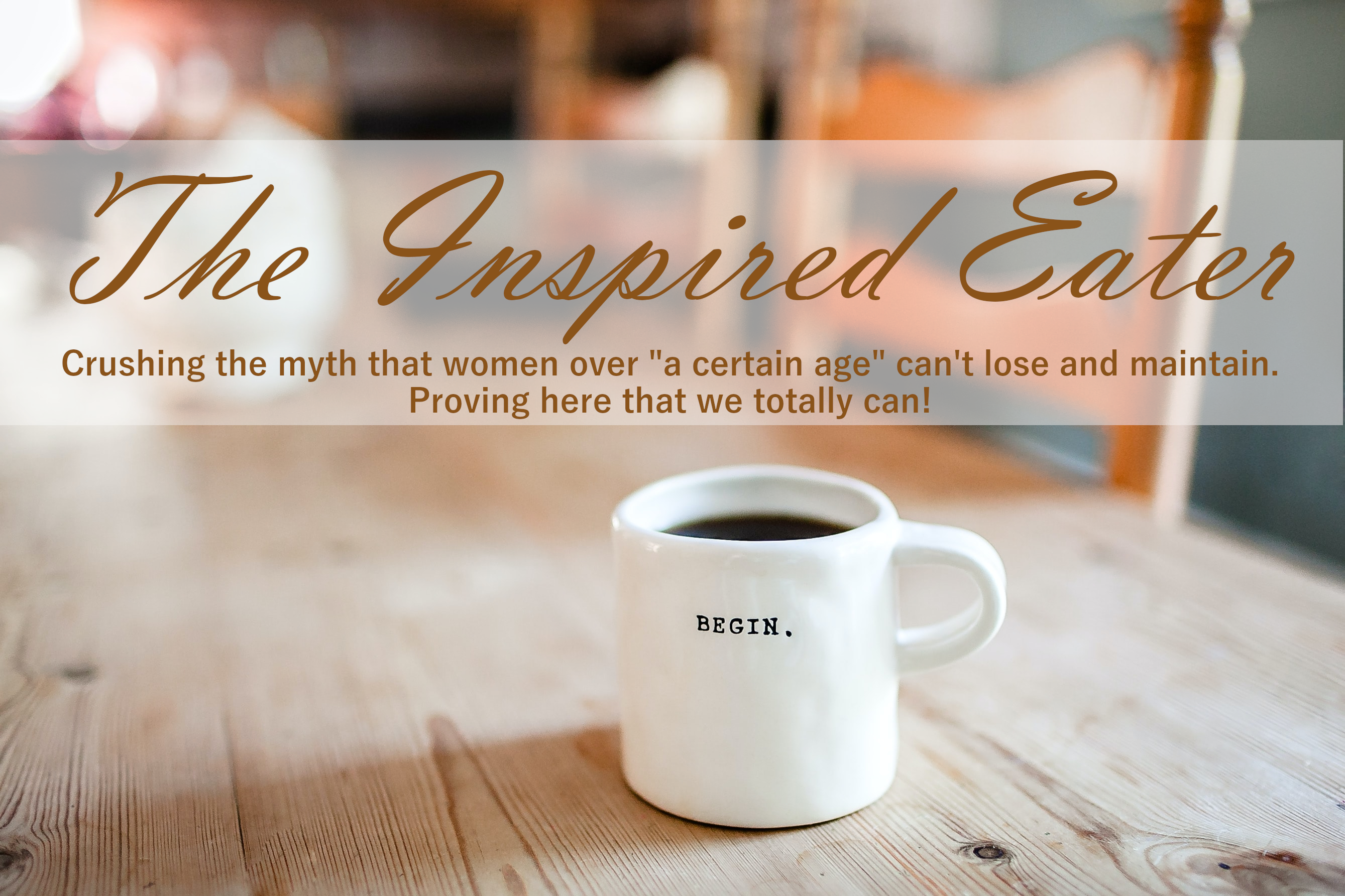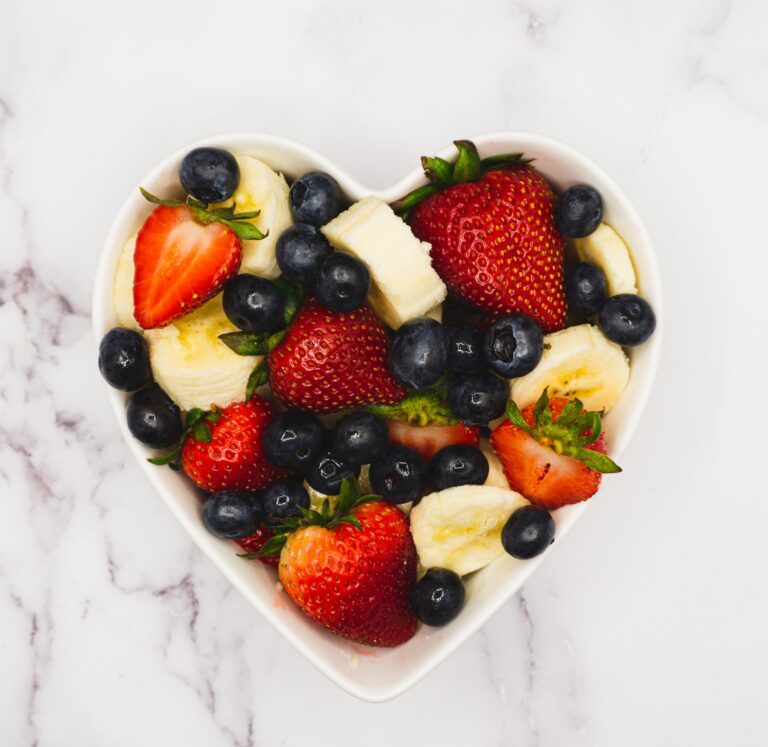Pearl One
One of the strongest questions to ask yourself: what are my best wins that I’m so proud of?
In your journal write about your top four accomplishments, the ones that you most cherish. (Has to be an accomplishment that you wanted; it can’t be for youir mom). Now pick your favorite accomplishment and ask yourself the following:
- how did I make that happen?
- What talent and skills did I bring to the accomplishment? (Tenacity, a gut feeling that you were on the track, a super strong “why.”)
- What steps did you go through to bring the win to life?
- Why did shepherding that win so impressive to you?
- What do you appreciate most about the win?
- How did you handle the obstacles?
- What kept you engaged with the process?
- Pretend as if you’re explaining to someone else how you brought your accomplishment to life. What would you tell them?
Spend time with your journal and apply all that you learned from the win to living on the Smart Eating Lifestyle. ♥
Pearl Two
Counting on willpower to maintain a weight loss for a lifetime?
Hard no. Willpower is the honeymoon of weight loss. Sure, it’s fun and games in the beginning.
Until it’s not.
Then it’s just you and the Kroger ice cream aisle. Willpower doesn’t work. Willpower doesn’t work. Smart habits work and will have your back for a lifetime. ♥
Pearl Three
Sequencing is taken directly from Cognitive Behavioral Therapy (CBT). The purpose of sequences is to help us move from reacting to circumstances to responding. I encourage you to do a sequence a day in your journal. Powerful stuff.
This is sequence is about The Scarfer
Automatic Sequence
- Situation (something very concrete): as a kid my mom would cook. I’d leave the dinner table hungry.
- Thought: It was “all men for themselves.”
- Feeling: I was accustomed to the situation.
- Action: Back then I would horde food and always made the most of dinner.
- Result: Same old, same old.
Chosen Sequence
- Situation (something very concrete): as a kid my mom would cook. I’d leave the dinner table .
- Chosen Thought: Now I know why I have food anxiety.
- Feeling: Acceptance of what was. Determined.
- Action: I don’t rely on incompetent people for food. I keep food with me at my desk at work, and maintain a packed kitchen.
- Result: I never go hungry. I make sure the everyone around me has the food they need.
Pearl Four
Books love us and want us be happy.
The Cliffs by J. Courtney Sullivan is an amazing read. Great read.
Pearl Five
“Knowing is not enough, we must apply. Willing is not enough, we must do.” ♥
Bruce LeeI
—
I’m trying not to get too excited, but my very annoying sciatica has virtually disappeared. I’ve been aware of pain in my jeans’s back pockets area since 2016. Over the last many years I learned to sit on ice-pillows or a heating-pad. But my kitty — Max — needed it more than me (he sleeps on my desk). So he’s snoozing on the heating pad as I type. And I’m virtually sitting pain-free on the office chair. This will be a huge health win for me,
Let’s click our coffee cups together to cheer having a smart eating week!
♥, Wendy
You know the scoop: I’m an Amazon affiliate. If you buy from a link in my post, I’ll receive money, but the arrangement won’t cost you a dime.
Are you new to the Inspired Eater? Welcome!! This blog won’t make much sense until you first read the Aunt Bea post (and you’ll find Aunt Bea on this page to the right under my short bio). On your cell you’ll see it immediately following the first post. After you enter your email address, the Aunt Bea article will be sent to your email’s inbox. If it’s not there, you might check the spam folder. And always feel free to email me at Wendy@TheInspiredEater.com and I’ll get Aunt Bea right to you!!
I am not an expert, doctor, surgeon, nurse, dietician, or nutritionist: the information within TheInspiredEater.com is based solely on my personal experience and is not intended to be used as a substitute for professional medical advice, diagnosis, or treatment.










